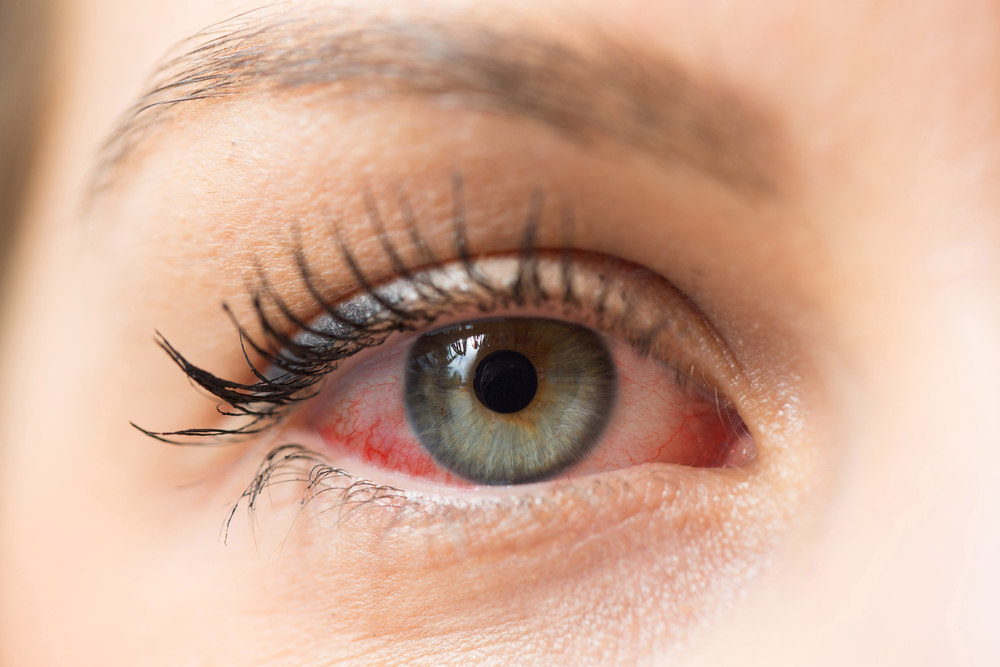
Eye infections can affect people of all ages and often appear suddenly, causing discomfort, redness, and irritation. While some infections are minor, others can pose a threat to your vision if not treated properly. At Vision One Eyecare, we believe that understanding the causes, knowing the symptoms, and taking preventative steps are essential to protecting your vision and eye health.
Common Eye Infections
Eye infections can affect various parts of the eye and are typically caused by bacteria, viruses, or fungi. Some of the most common types include:
- Conjunctivitis (Pink Eye): This inflammation of the conjunctiva is highly contagious and can be caused by bacteria, viruses, or allergens.
- Styes: Red, painful lumps near the edge of the eyelid caused by bacterial infections in the eyelash follicles.
- Blepharitis: A chronic condition where the eyelids become inflamed, often due to bacteria or skin conditions like dandruff.
- Keratitis: An infection of the cornea, often caused by improper contact lens use or exposure to contaminated water.
- Uveitis: Inflammation of the middle layer of the eye, often linked to autoimmune conditions or infections.
Why Eye Infections Are More Common During Warmer Seasons
Warmer months bring an increase in outdoor activities, swimming, and contact with allergens and irritants, all of which can raise the risk of developing eye infections. Bacteria thrive in warm, moist environments, and swimming in lakes or pools without proper eye protection can expose the eyes to harmful microorganisms. Allergies can also cause rubbing of the eyes, which increases the chance of introducing bacteria.
Preventing Eye Infections
While some infections are hard to avoid entirely, many can be prevented with good hygiene and awareness:
- Wash your hands frequently and avoid touching your eyes.
- Remove makeup before bed and avoid sharing eye cosmetics.
- Clean and replace contact lenses as directed and never use saliva or water to clean them.
- Use protective eyewear when swimming or doing yard work to avoid exposure to irritants and contaminants.
- Avoid rubbing your eyes, especially if they are irritated or itchy.
When to See Your Eye Doctor
It’s important to seek professional care if you experience symptoms like persistent redness, swelling, discharge, blurred vision, or pain in or around the eye. Some infections may resolve on their own, but many require prescription treatment to prevent worsening or complications.
At Vision One Eyecare, we offer comprehensive diagnostic tools to identify the type and severity of the infection. Treatment options may include:
- Antibiotic or antiviral eye drops or ointments
- Warm compresses for styes and blepharitis
- Steroid eye drops to reduce inflammation
- Adjustments in contact lens use or hygiene recommendations
Get Expert Eye Care at Vision One Eyecare
Eye infections are a common yet serious concern, especially during the warmer months. With the right preventive habits and prompt professional care, you can minimize your risk and keep your eyes healthy year-round.
If you're experiencing symptoms of an eye infection or have concerns about your eye health, contact Vision One Eyecare to schedule an evaluation. Visit our office in Katy, Texas or call (281) 395-2010 to book an appointment today.







